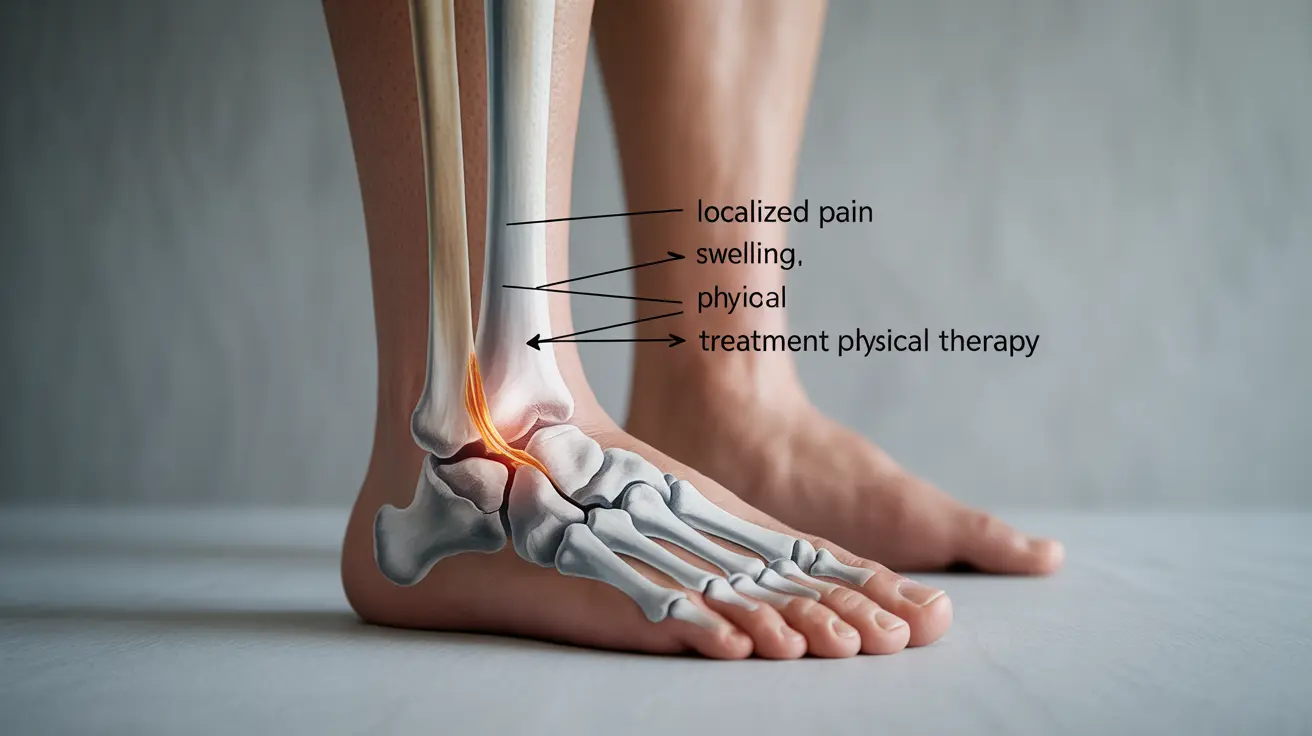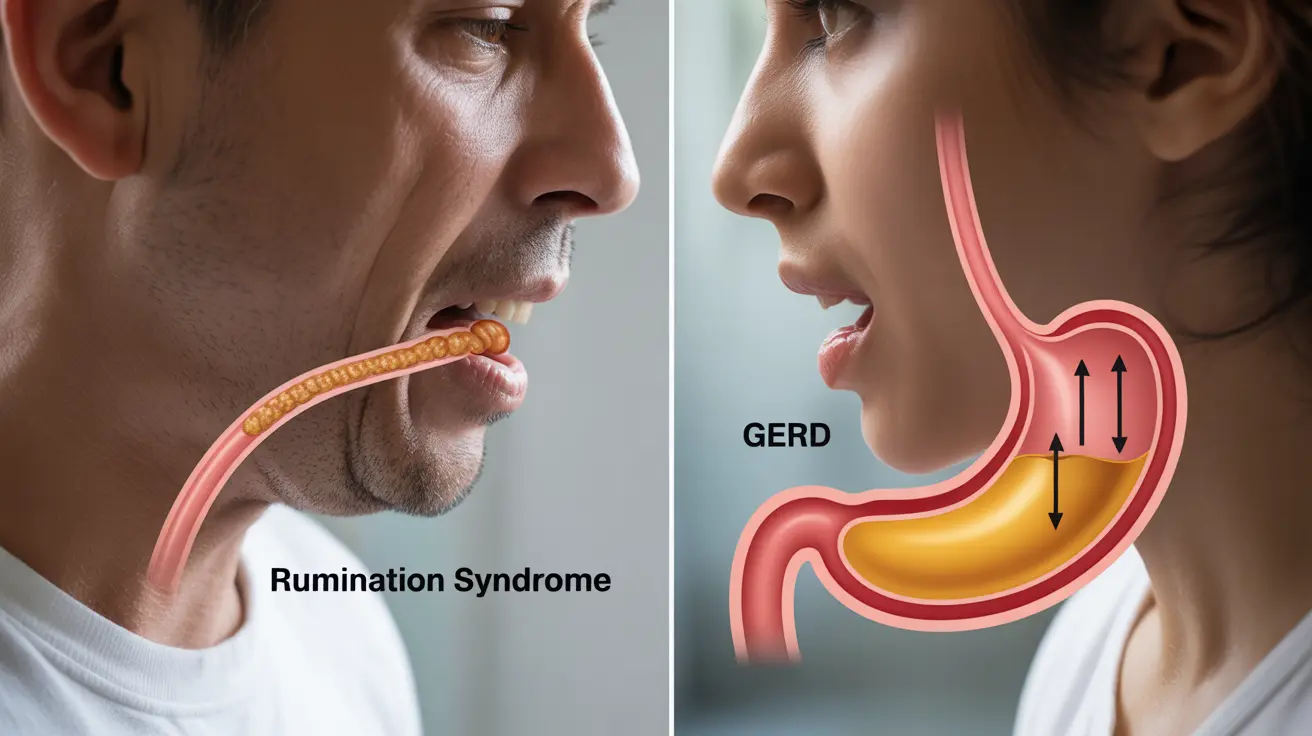Degloving represents one of the most severe and potentially life-altering traumatic injuries that can impact an individual's physical and emotional well-being. This complex medical condition occurs when skin and underlying tissues are forcefully separated from the body, creating a dramatic and dangerous wound that requires immediate and specialized medical intervention.
Understanding the nature, causes, and treatment of degloving injuries is crucial for both medical professionals and individuals who may be at higher risk of experiencing such trauma. This comprehensive guide will explore the intricate details of degloving injuries, providing insights into their medical complexity and potential implications for patient recovery.
What Is Degloving? Understanding the Basics
Degloving, medically known as an avulsion injury, is a traumatic wound where the skin and potentially underlying soft tissues are violently separated from the underlying anatomical structures. This injury can expose critical components like muscles, bones, tendons, and nerves, creating a significant medical emergency that demands immediate professional attention.
Types of Degloving Injuries
Medical professionals categorize degloving injuries into two primary types, each with distinct characteristics and treatment approaches:
- Open Degloving: Characterized by visible skin and tissue separation, where the wound is externally exposed
- Closed Degloving: An internal tissue detachment that might appear as severe bruising, with less obvious external trauma
Common Causes and High-Risk Scenarios
Degloving injuries frequently result from high-impact incidents that involve significant mechanical force or sudden, violent separation of skin from underlying structures. The most common scenarios include:
- Workplace accidents, particularly in industrial settings with heavy machinery
- Automotive and motorcycle crashes
- Falls from substantial heights
- Agricultural and construction-related incidents
- Severe animal attacks
- Sports-related traumatic events
Populations at Greatest Risk
Certain professional groups and individuals are at heightened risk of experiencing degloving injuries, including:
- Construction workers
- Agricultural laborers
- Factory machine operators
- Professional drivers
- Athletes in high-impact sports
- Individuals working with large animals
Immediate Symptoms and Medical Implications
Degloving injuries present with several distinctive and alarming symptoms that require urgent medical assessment:
- Extreme, potentially shock-inducing pain
- Visible skin separation or significant bruising
- Potential exposure of underlying anatomical structures
- Immediate risk of blood loss and systemic shock
- High potential for infection and tissue necrosis
Potential Complications
The medical consequences of degloving injuries can be profound and potentially life-threatening, including:
- Severe blood loss
- Risk of systemic infection
- Potential permanent nerve damage
- Possible requirement for surgical reconstruction
- Potential limb amputation in extreme cases
Treatment and Recovery Strategies
Treating degloving injuries requires a multidisciplinary medical approach tailored to the specific characteristics of each wound. Treatment strategies may include:
- Immediate surgical intervention
- Skin grafting procedures
- Tissue reconstruction techniques
- Comprehensive infection prevention protocols
- Long-term rehabilitation and physical therapy
Rehabilitation Considerations
Recovery from a degloving injury is often a complex, extended process involving multiple medical specialties. Patients may require:
- Extended hospital stays
- Multiple surgical procedures
- Ongoing wound management
- Physical and occupational therapy
- Psychological support for trauma recovery
Frequently Asked Questions
What are the immediate symptoms of a degloving injury, and how should they be treated?
Immediate symptoms include extreme pain, visible skin separation, potential exposure of underlying tissues, and high risk of shock. Urgent medical treatment is critical - call emergency services immediately, immobilize the affected area, and prevent further tissue damage while awaiting professional medical intervention.
What causes degloving injuries, and which populations are most susceptible?
Degloving injuries are typically caused by high-impact mechanical forces in industrial, automotive, agricultural, and sports-related settings. Populations at highest risk include construction workers, machine operators, professional drivers, and athletes engaged in high-risk activities.
How are open and closed degloving injuries differentiated in terms of their symptoms and treatment?
Open degloving injuries involve visible external wound exposure, while closed degloving injuries appear as severe bruising with internal tissue separation. Treatment varies accordingly, with open injuries often requiring more extensive surgical intervention and closed injuries potentially managed through compression and monitoring.
What are the potential long-term effects of degloving injuries, and how can recovery be maximized?
Long-term effects may include scarring, potential loss of function, nerve damage, and psychological trauma. Maximizing recovery involves comprehensive medical treatment, consistent rehabilitation, following medical advice precisely, and engaging in recommended physical and occupational therapy programs.
Can degloving injuries be prevented, and what safety measures can be taken to reduce the risk?
Prevention involves implementing rigorous safety protocols in high-risk environments, using appropriate personal protective equipment, maintaining machinery, following strict workplace safety guidelines, and maintaining situational awareness during potentially dangerous activities.
While degloving injuries represent a serious medical challenge, comprehensive medical care, advanced surgical techniques, and dedicated rehabilitation can significantly improve patient outcomes and quality of life.




